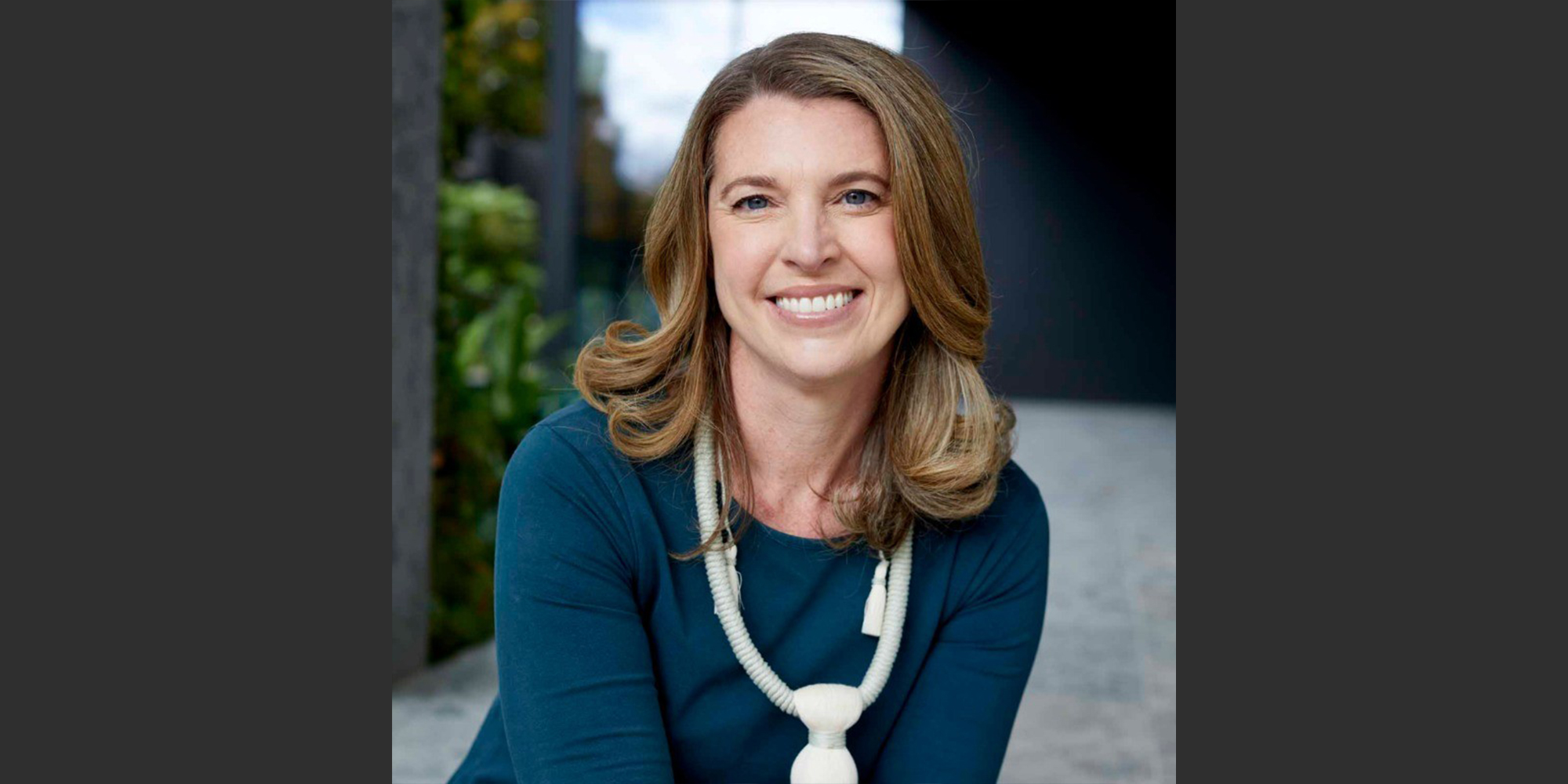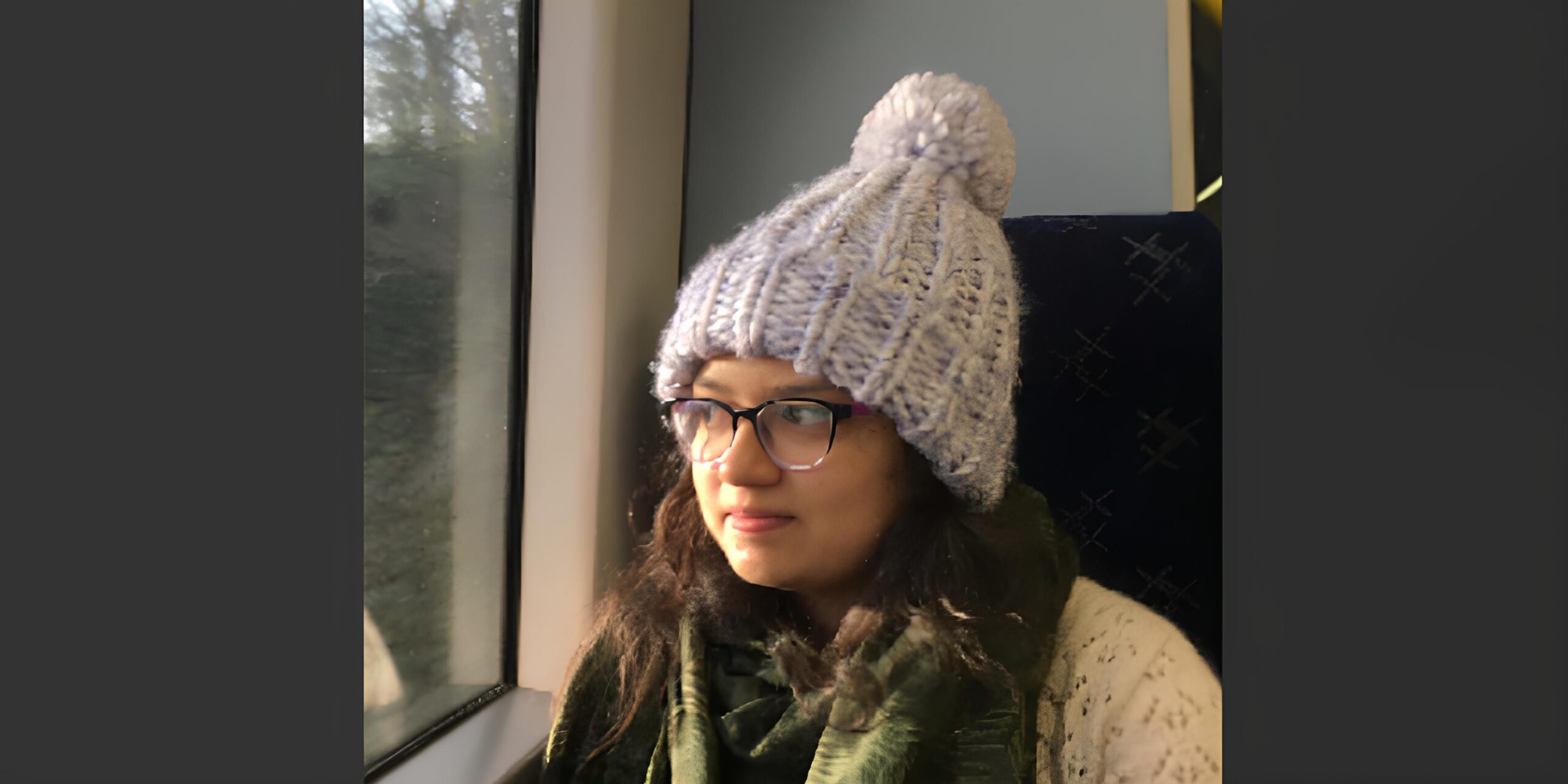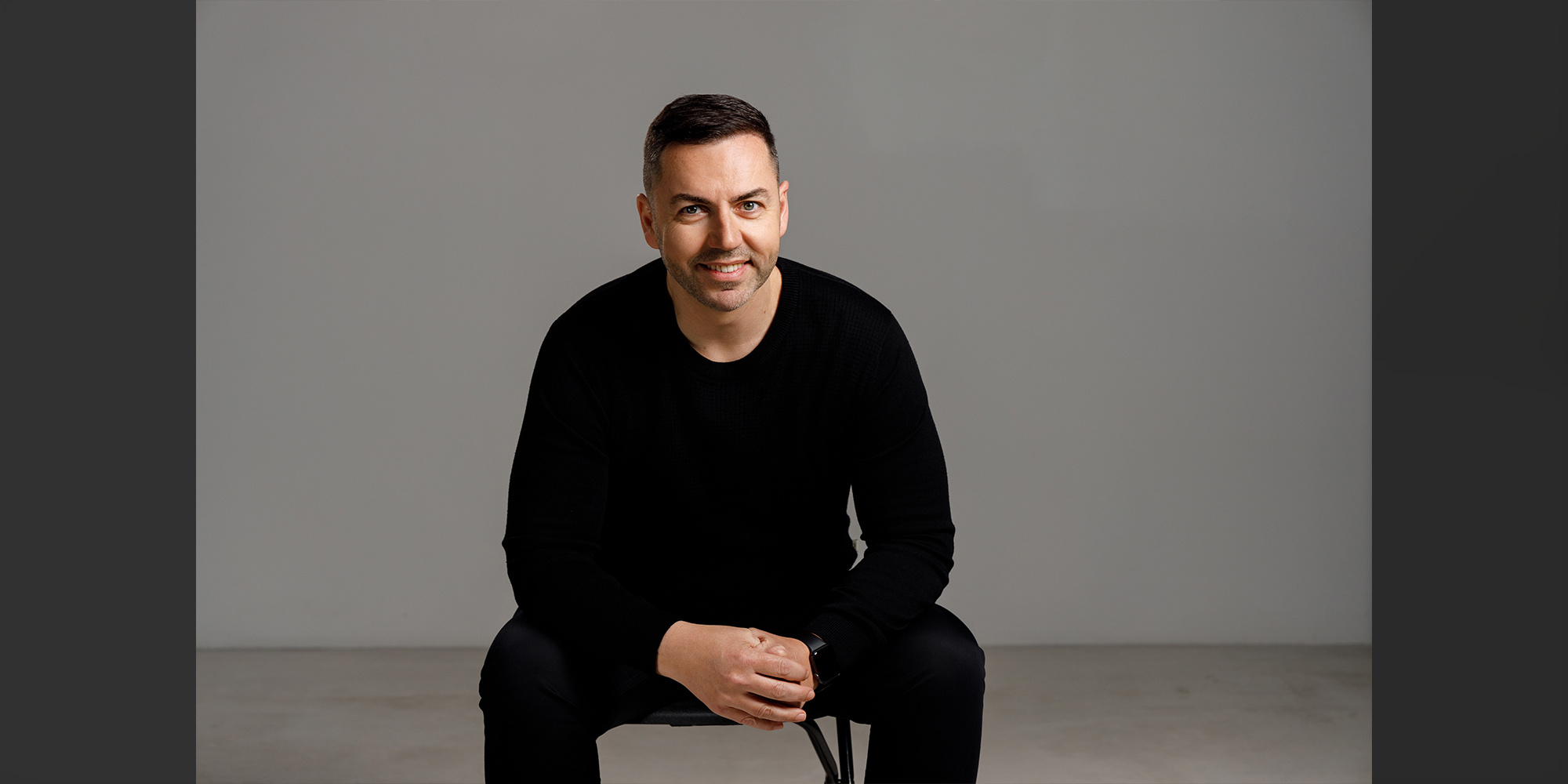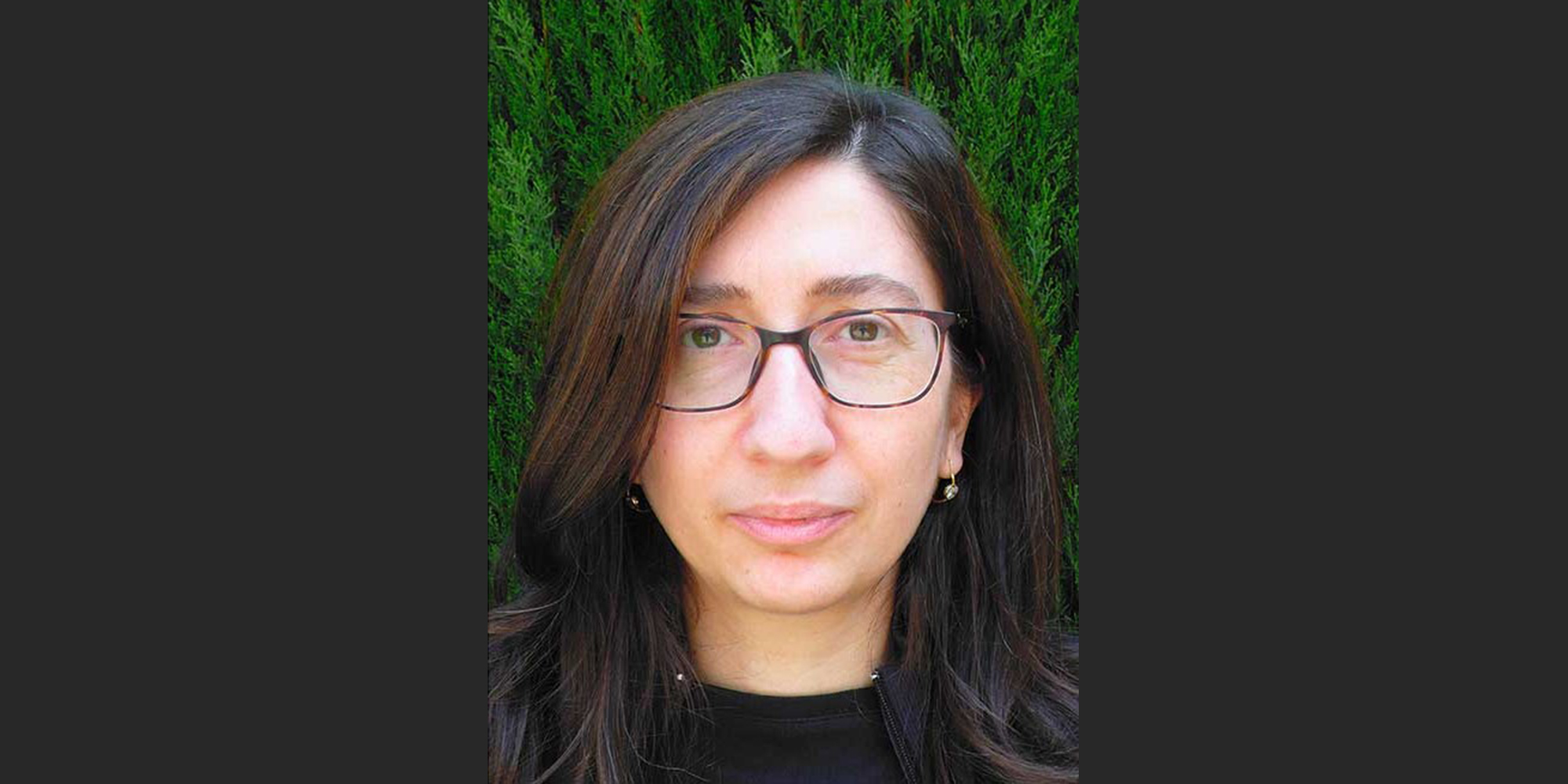At Fublis, our Media Matters series explores the insights and experiences of media professionals shaping the way stories are told—from journalists and editors to authors and content creators. This edition features Annie Reid, a Melbourne-based journalist, ghostwriter, and founder of Atrium Media, a content studio dedicated to architecture, design, and storytelling.
With a career that spans feature writing, book authorship, and editorial consulting, Annie brings a journalistic lens to the world of architecture and design. She has written for leading publications including Metropolis and The Australian, and her work now extends into ghostwriting, authoring, and content strategy for the design industry across Australia.
In this conversation, Annie discusses how digital platforms are reshaping architecture journalism, her journey founding Atrium Media, and the rewarding complexities of ghostwriting. She reflects on the business of writing, the value of strong storytelling, and what it takes to build a career in this evolving media landscape—offering practical advice for aspiring design journalists along the way.
How do you see the future of architecture journalism evolving with the rise of digital platforms?
Annie Reid: I think it does a couple of positive things: it allows more people to see great projects outside printed publications. This means increasing the level of education around good architecture because more people can access it, which in turn enhances the industry’s profile overall.
It also opens the door to better stories and narratives on architecture. The rise of digital platforms means more opportunities for architects and designers to expose their work, but the better ones will be more publicised if they are supported by excellent storytelling. Again, this enhances the industry and helps all journalists working in architecture media to strive higher.
What was the inspiration behind founding Atrium Media?
Annie Reid: Atrium Media is a content studio that I founded because I wanted the creative freedom and control to work for not just the architecture media, but also with the architects themselves and other organisations that support the impact of design in Australia. As I was published more and more by different newspapers and magazines, I found that practices began contacting me directly to see if I could create content for them.
The content studio grew from there, and now also includes authoring and ghostwriting books, which has always been my first love. Now with my own family and an interior design book currently in bookstores, I hope my legacy lives on through my work for future generations of my family. I am also passionate about supporting the incredible creative community and design industry here in Melbourne, where I live, and around Australia.
What’s the most valuable lesson you’ve learned from working on ghostwriting projects?
Annie Reid: The most valuable lesson I’ve learned is the art of the interview. If the writer is the conduit between the story and the page, then their ability to extract the best interview answers is the difference between creating content that is just OK and content that’s brilliant. I’ve learnt over the years that active listening and pausing are just as important as asking the questions, and always leaving time at the end to ask ‘is there anything else you’d like to mention’.
Often, the conversation at the end is the best content for the whole interview – it’s the gold. ALWAYS ask this at the end of the interview!
How has your experience as a journalist shaped your approach to covering design and architecture topics?
Annie Reid: Bringing a journalist’s approach to design and architecture topics means applying a media lens to content creation. I always start with the angle, or consider the hook of the story, and then consider the audience, to ensure that any content created is tailored for the reader.
It also means getting to the heart or core of something quickly, just as a journalist approaches a story, and then we add value through our ability to find trends or patterns to see what is happening at an industry level.
When it comes to the writing process, working as a journalist means I can distill complex subject matter or projects into words that are simple and easy to understand. This is important in design and architecture, where architects often digress to ‘archibabble’. I’ve always believed that if content is not communicated effectively, it’s failed.
What are some pivotal moments in the company’s journey that significantly influenced its growth?
Annie Reid: The most pivotal moments are those that have significantly elevated my profile. Having an opportunity to write for significant or international publications, such as Metropolis magazine in New York and The Australian newspaper and then publishing my own book through Australia’s leading arts publisher. All of these enable me to charge more for my work, which also lifts the standard for all writers to be paid what we’re worth and represent the writing and freelancing industry with pride.
What led you to focus on ghostwriting in the niche of residential property investing?
Annie Reid: I’ve always written about property, so working with authors to ghostwrite their book was a natural progression. Books are considerably more complex and time-consuming than simply articles for a publication, and require a different approach.
I was invited to work on my first book a few years ago, and from there I’ve now ghostwritten about 10 books. I enjoy the close collaboration working with an author, the freedom to explore different storytelling techniques and really getting stuck into a project that is meaty and exciting to work on. It’s also inspiring to ‘get into the heads’ of other talented people.
Can you share a major obstacle you’ve faced as a founder and how you worked through it?
Annie Reid: The hardest part of founding a business is smoothing out the inevitable ups and downs, trusting that you’re good at what you do and that the work will come. I’ve held onto these philosophies for a long time now! Also, getting to grips with running all of the business departments required to run a business when you only bring the experience of doing the actual business. I’ve worked through these by leaning into the expertise of others to help – notably engaging an excellent accountant who doesn’t mind my inane questions!
As a founder, how do you balance creative direction with business strategy?
Annie Reid: I make time for it. I’ve learnt over the years that growth doesn’t happen without a strategy, but it doesn’t need to be overly complicated. I’ve also learnt that having a passion project allows space in my head for free creative direction, but again as with strategy, none of this happens if I don’t carve out space in my diary for it. I’m also not a business strategist, so I’ve joined different groups over the years and invested in coaching to bring fresh eyes onto my business and for them to see what I can’t. I love collaborating, and really enjoy the chance to be both creative and strategic.
What drew you to ghostwriting, and how was the experience?
Annie Reid: I was drawn to ghostwriting, in this case, ghostwriting books because writing books is in my DNA. My grandfather was a journalist and an author and I’ve always felt that I never had a choice about my career path. It was always to write. Ghostwriting is adding simply another bow to my skillset, and I enjoy it for the skill of writing a book and the sense of achievement when someone’s story is immortalised in a book they are very proud of and that they’ll have forever. I wrote my first book in 2009, and am usually working on a book at any one time.
What advice would you give to aspiring journalists looking to write about design and architecture?
Annie Reid: Show up. Get out there. Meet people in person, go to events, network, reach out to editors, and keep track of it all so that you can monitor your progress. I used to aim for one in-real-life meeting per week, and at least one networking event each month. I’d follow up with every person I met, and ensure I had a business card to give out, and a website to share. The best opportunities have always come to me by simply showing up, even if I didn’t feel like it. I also used to go to newsagents and write down the name of editors on all the homes magazines, and then contact them. If you are hungry, persistent and ready to do good work, you will be rewarded with an incredible writing career. Good luck!




